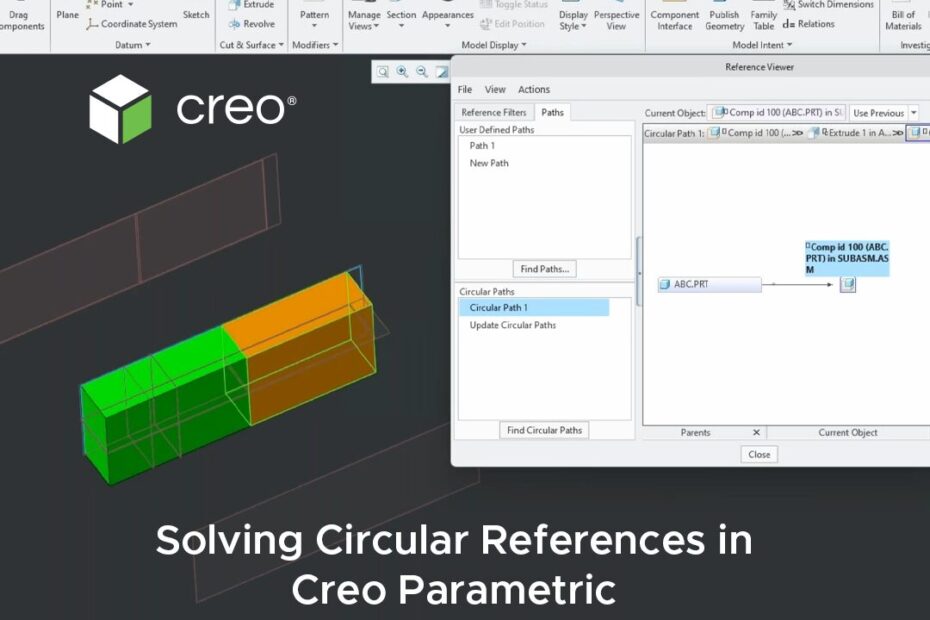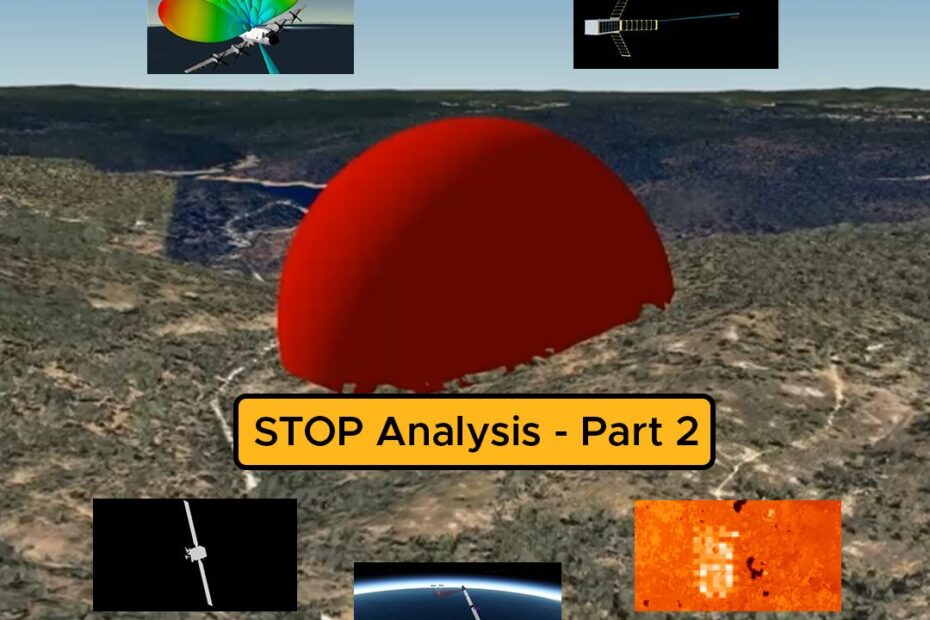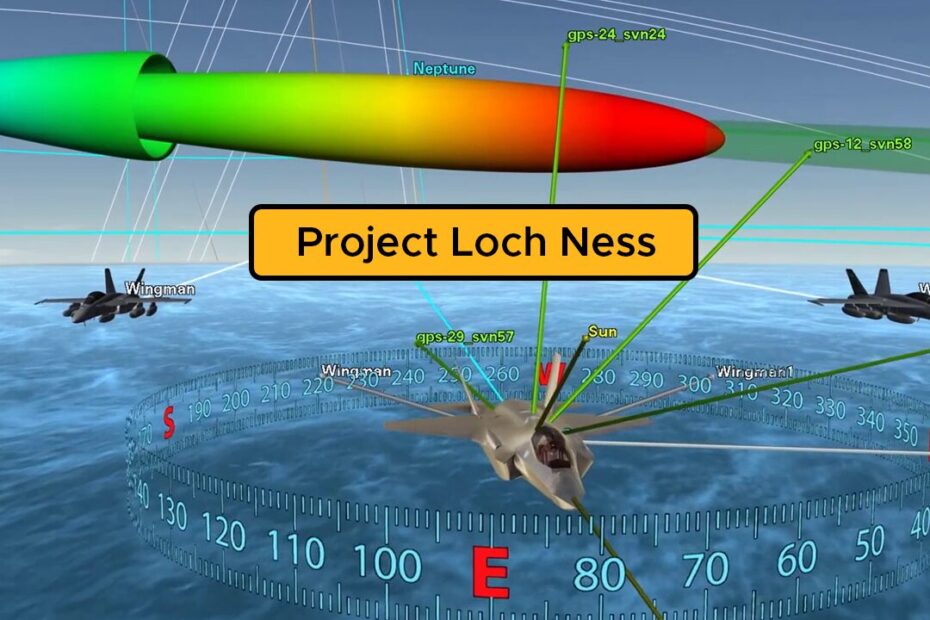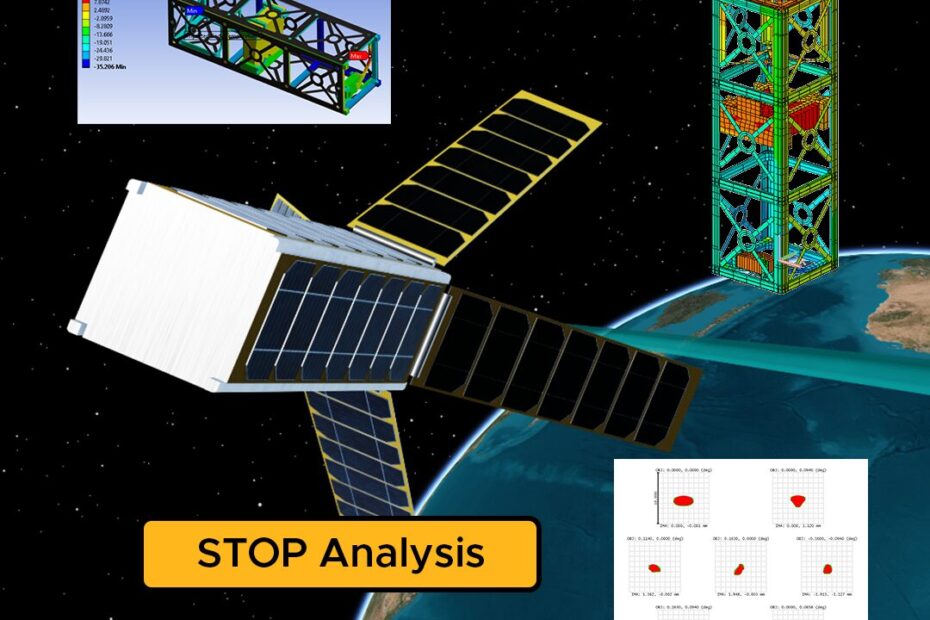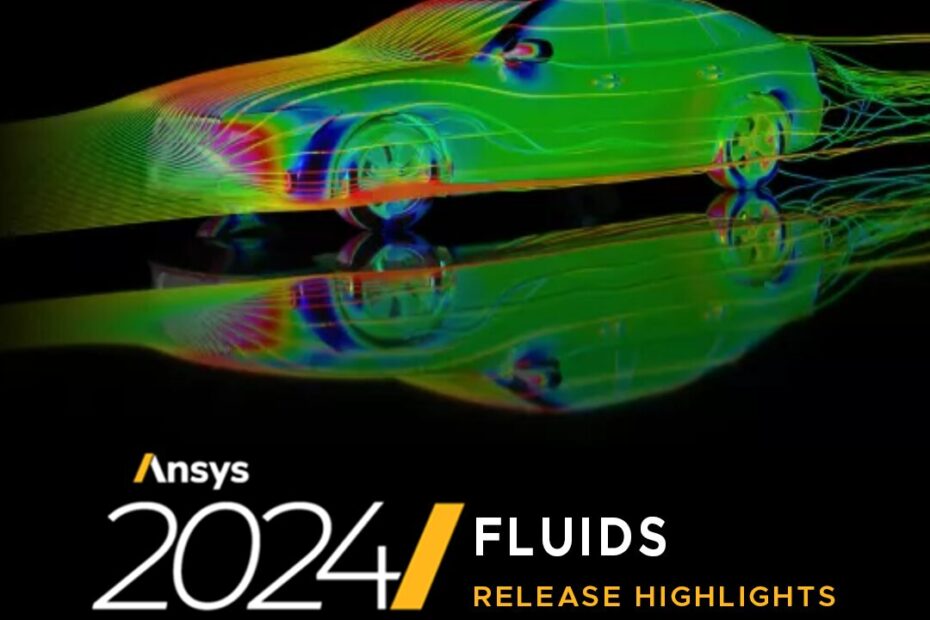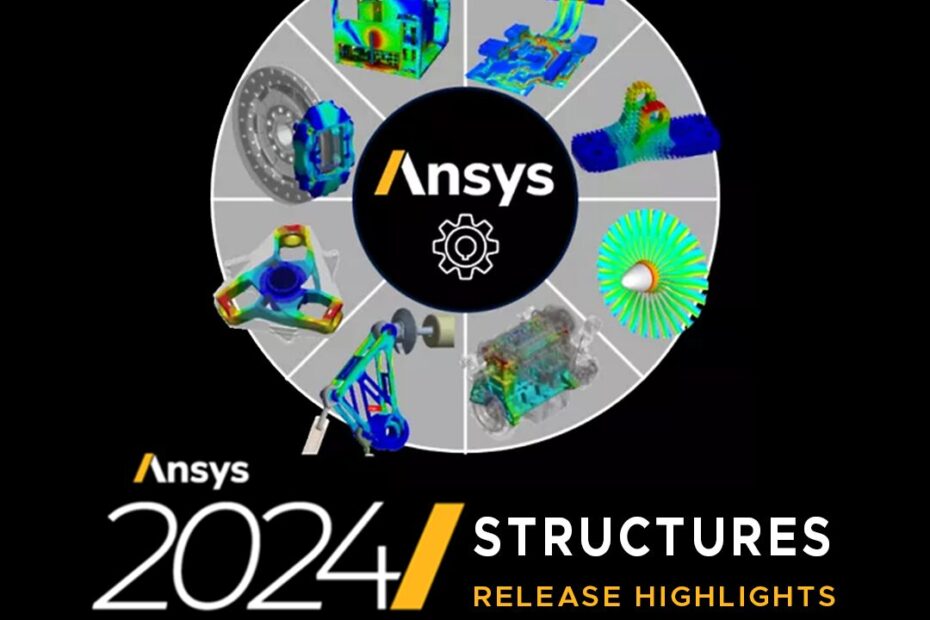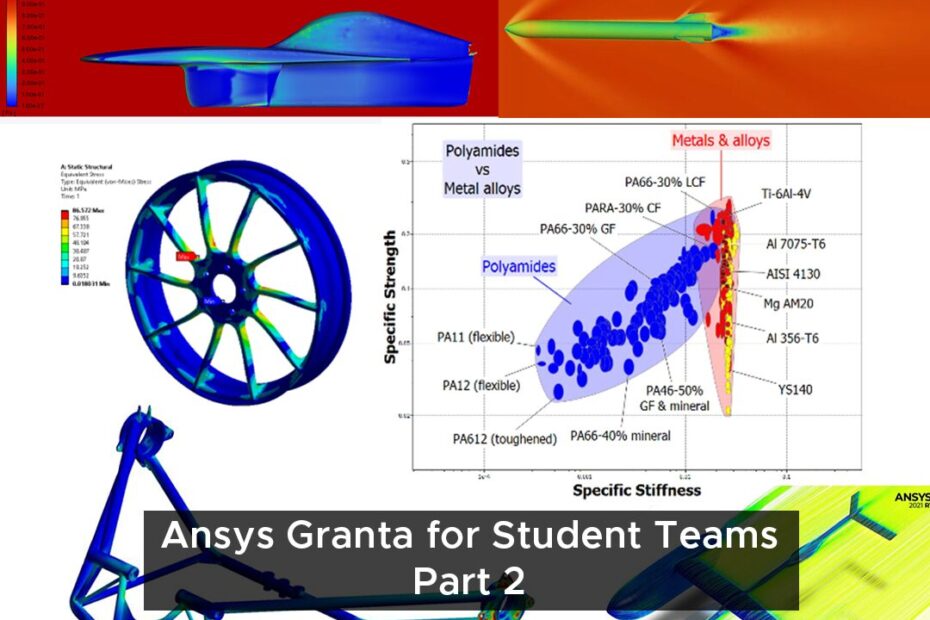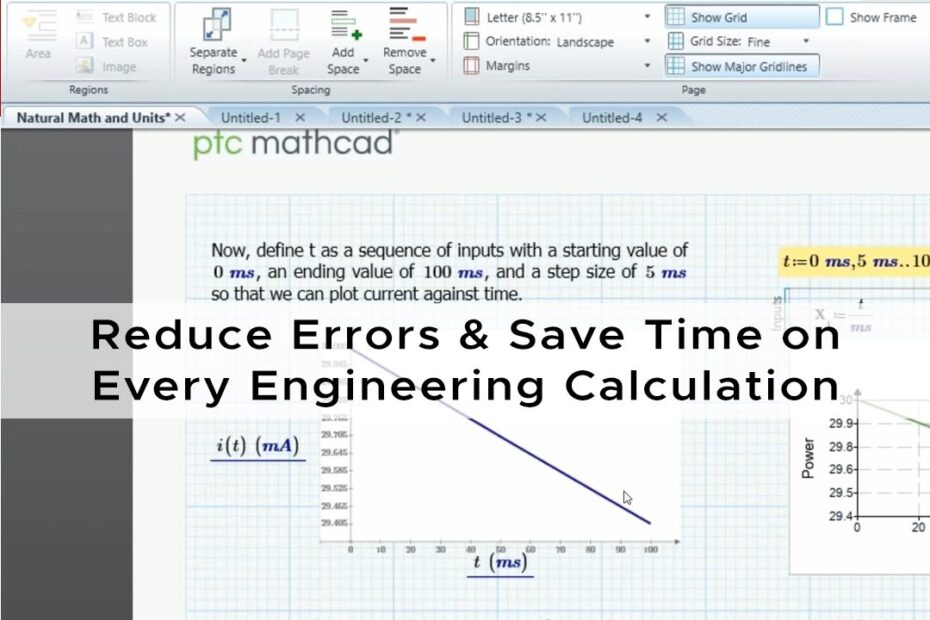Solving Circular References in Creo Parametric
Circular references in 3D CAD can be a thorn in the side of even the most experienced designers, leading to frustrating errors and significantly slowing down the design process. If you’re seeking to enhance your productivity and streamline your workflows by mastering circular references, read on for expert advice on how to identify, prevent and fix them when they occur.

